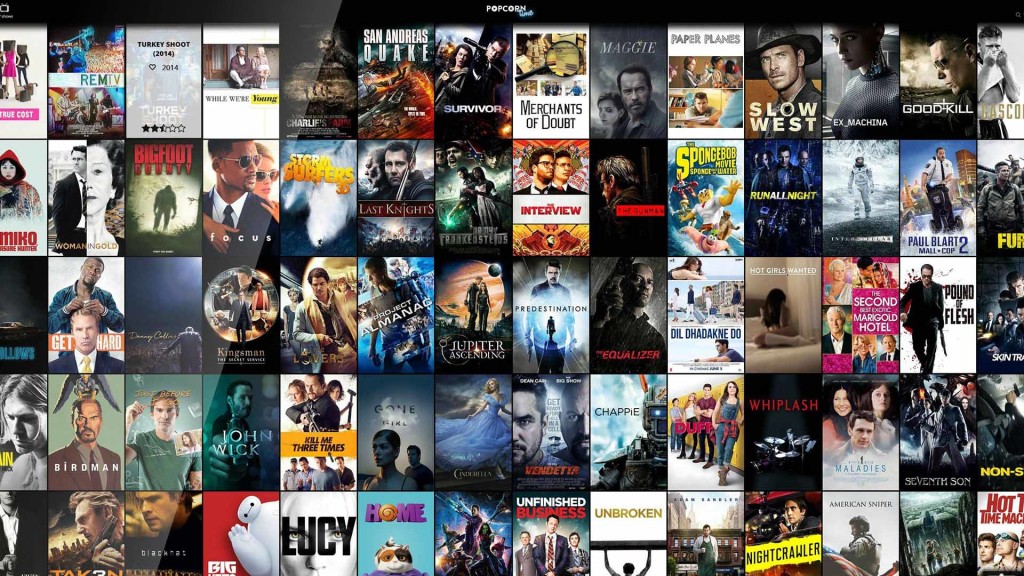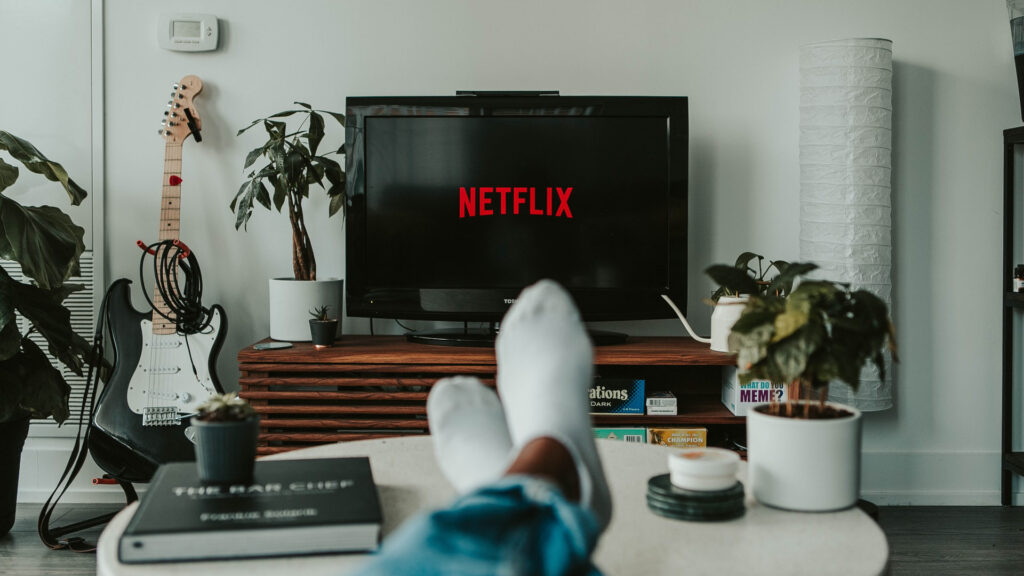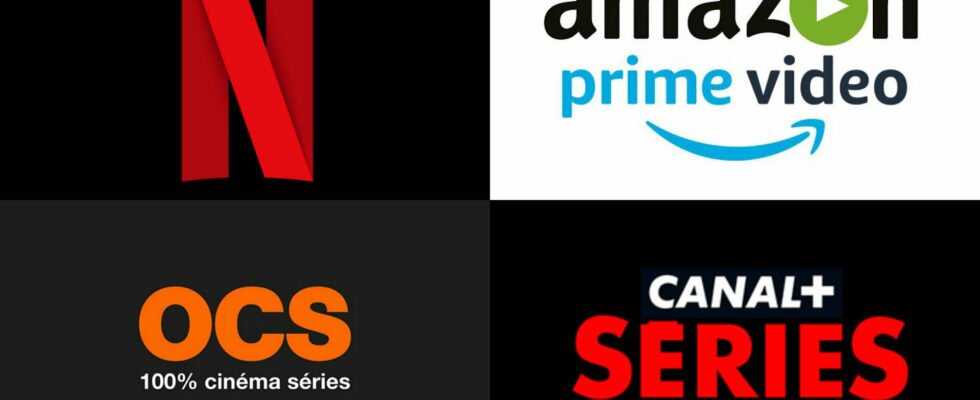A new media timeline comes into effect this year. It strongly shakes up the previous device. SVOD platforms, for example, have the right to broadcast films much earlier.
An upheaval in the chronology of the media is taking place. Broadcast windows are now even closer to each other. Subscription video on demand (SVOD) platforms enjoy a much better position than before. Canal+ is also getting closer to the theatrical release, as are the television channels.
A final agreement must be signed on Monday, January 24, 2022. While waiting to see the new system in detail, and in particular all the exceptions and special cases, which could modify the outline and scope of certain windows, here is what should be kept in broad outline.
What is the Media Timeline?
The media chronology is a French mechanism that organizes the distribution of films after their exploitation in cinemas. Several media (DVD and Blu-ray releases, Canal+, video on demand, television, SVOD, etc.) follow one another over the months, according to specific rules (such as the level of production financing or the number of room entrances).
In other words, the channels and platforms that provide funds for creation in principle occupy a better place in this media chronology, that is to say a place that is barely spaced a few months after the screening in the cinema, instead of having to wait a very long period, which can be counted in years.
The media chronology is updated from time to time, to take account of emerging uses, the arrival of new competitors and changes in the audiovisual landscape. The last time it was revised was December 21, 2018 — the decree that formalized the new architecture was published in the Official Journal on February 11, 2019.
It turns out that the validity period of this new organization was three years. It was therefore high time to come back to it, 2022 being now here. Unfortunately, finding a consensual agreement given the financial and market share stakes is an exercise of infinite complexity. Everyone is looking for the best place possible and everyone is trying to fend off their rivals at the worst.
What media chronology in 2022?
A new version of the media chronology must be signed on January 24, in the presence of twenty-eight film professionals. This new framework is expected to come into effect on February 10, 2022, when the old framework expires — it is still valid until February 9, 2022.
Here are the main lines that emerge when a film is no longer showing. In general, it stays in theaters for about a month before entering the media chronology system.
| Broadcast window | New timeline | old timeline |
|---|---|---|
| Sale and rental (DVD, VOD, Blu-ray) | 4 months | 4 months |
| Canal+ | 6 months | 8 months |
| netflix | 15 months | 36 months |
| Amazon Prime, Disney+ | 17 months | 36 months |
| Free channels (TF1, France 2, M6, Arte…) | 22 months | 30 months |
What does it change for the French?
For French people, the most obvious impact is that of faster access to works for a certain number of media. The most notable changes are for SVOD, whose waiting time has been more than halved. The tightening also benefits free television, whether private or public. Canal+ is also gaining ground.
This densification of windows increases competition between platforms, but it is also supposed to have a virtuous effect on the behavior of the public. He is in principle less tempted to turn to piracy if the films arrive faster on his favorite platform – a three-year wait time for a film on Netflix was considered anachronistic in the age of immediacy.

Uncertainty remains: given certain new obligations regarding the financing of creation, it will be necessary to observe whether the major subscription video-on-demand platforms will sooner or later increase the price of their monthly package. These adjustments are sometimes observed abroad; there is no reason for France to always escape it.
Why are Netflix, Amazon Prime and Disney+ not on the same window?
According to the newspaper L’Opinion, the reason lies in the fact that Netflix was able to sign a bilateral agreement with film professionals to finance small-scale films (we are talking about a financial effort of 3 or 4 million euros) , saving it two months over its two direct competitors in subscription video-on-demand.
For a time, it was considered to bring the SVOD window closer to 12 months instead of 15 and 17, in exchange for their contribution to the financing of French cinema, but Canal+ managed to maintain a sufficiently wide partition between it and American platforms so as not to have to suffer their competition too directly.
However, this new organization is likely to cause further friction, because, still according to our colleagues, Disney+ does not intend to sign this new media chronology, because the service considers it to be far too far from the theatrical release (almost a year and a half of waiting), while it broadcasts many films through its subsidiaries (Disney, Pixar, Marvel Studios, Lucasfilm).

How long is the media timeline valid for?
The new media chronology is in principle to enter into force on February 10, 2022 and is to be valid for a period of three years. Clearly, we should expect a new negotiation from 2024 between all the stakeholders to think about an update for the month of February 2025. Currently, this is the fifth version of the media timeline .
Do the series have to respect the chronology of the media?
No. Television series are not subject to the media chronology framework, as they are not shown in cinemas, but directly on television or on video-on-demand platforms. This is what makes it possible, for example, to make simultaneous releases all over the world or barely 24 hours after the broadcast in the USA, for example.

Are there any exceptions to the media timeline?
There may be specific rules that come into play that alter the scaffolding of the media timeline. For example, a film that hasn’t made many admissions to theaters may be eligible for even more advantageous windows. For example, in the case of sale and rental, the time is no longer 4 months, but 3.
In the previous media timeline, the threshold to advance the window a bit was 100,000 entries after one month of operation. For Canal+ and OCS, it went from 8 to 6 months. For free television channels, the duration changed from 22 to 20 months. Finally, for American SVOD platforms, the period was reduced to 34 months, instead of 36.
Other provisions may also come into play. An SVOD platform could access three windows (36, 30 and 17 months, or 34, 28 or 15 months for films with less than 100,000 admissions), depending on whether or not there was an agreement with cinema organizations and according to its level of participation in the financing of creation.

